Harry Tincknell is a rising light in the world of sportscar racing. After winning the European Le Mans Series and the LMP2 class of the Le Mans 24 Hours at his first attempt in 2014, he’s gone on to become a key member of Ford’s assault on the GTE class of the FIA World Endurance Championship.
What was the first Ford you drove? Probably my friends’ Fiesta, after I passed my driving test.
What is your favourite Ford performance car? The Ford Mustang GT. There isn’t a better bang per buck on the market. Now it’s available with right-hand-drive in the UK, it’s perfect.
What is your favourite on-screen appearance for a Ford? The 24-Hour War, about Ford’s assault on Le Mans in 1966. It was great to learn the history of the programme, then make our own history with Ford by winning Le Mans 50 years later in 2016.
You started in single-seaters. What made you move into sportscars? I’ve been mentored and managed by [three-times Le Mans winner] Allan McNish since I was 16, so I always had sportscars in mind. It seemed a good move in terms of a professional career, and the chance to try and win races at Le Mans, Daytona and Sebring lets you go down in the history books. For 2014, I got the opportunity to join Jota Sport’s LMP2 team, and the more I thought about it, the more it seemed the right choice.
What was the biggest difference between single-seaters and sportcars? Jota’s LMP2 car was similar to the Formula 3 I’d been driving in terms of power-to-weight, but I had to learn the bigger picture of multi-class endurance racing – saving fuel, looking after tyres, dealing with traffic, and sharing a car with another driver. In single-seaters your team-mate is your number one enemy. In sportscars he’s your number one ally. But I really bought into that idea of working together as a team.
In 2014 – your first year of sportscar racing – you won the LMP2 class at the Le Mans 24 Hours. How important was that for your career? It was the catalyst for everything since. My team-mate Simon Dolan was one of the best silver-rated drivers, and Marc Gene – who I really admired – joined us for Le Mans. Unfortunately, Marc had to go to Audi’s LMP1 team after [regular Audi driver] Loic Duval had a big crash. As a result, the role of team leader went to me, even though it was my first Le Mans. It was a tricky build-up, but there was a confidence in the team, and the car was fantastically quick. We didn’t panic, we kept in the fight, and we went on to win.
For 2016, you joined the Ford GT assault on Le Mans and the FIA WEC. What was the biggest challenge in moving from lightweight prototypes to the production-based GTE class? GTE cars are heavier, with less downforce, so you rely more on mechanical grip. Tyre life is also important, as it’s easy to flat spot your tyres. With a lighter, more powerful prototype, it’s easier to get away with a mistake, but you need to be a lot more precise and consistent in a GTE. Plus, you’re the traffic. Driving a prototype, you can decide whether to lunge past a GTE car or wait for the next straight. When you’re the traffic, you have no choice about how you’re passed. Managing that without losing time is an art.


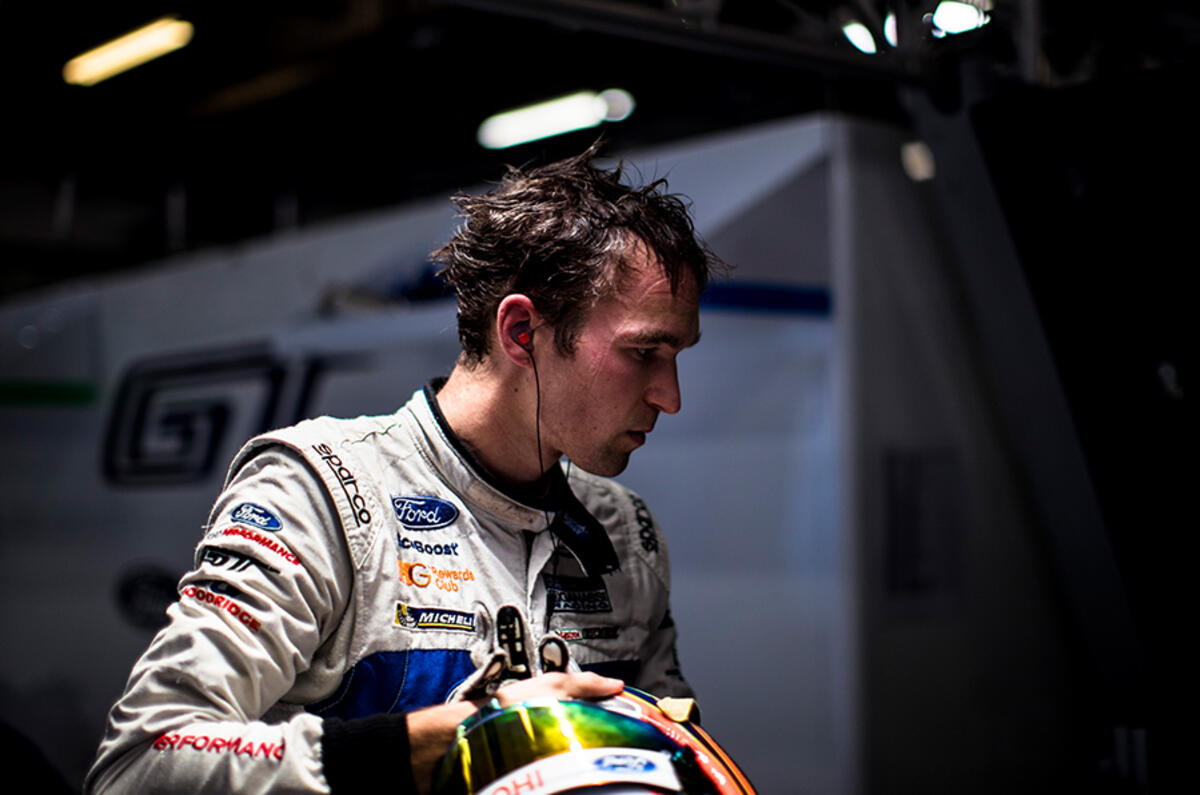
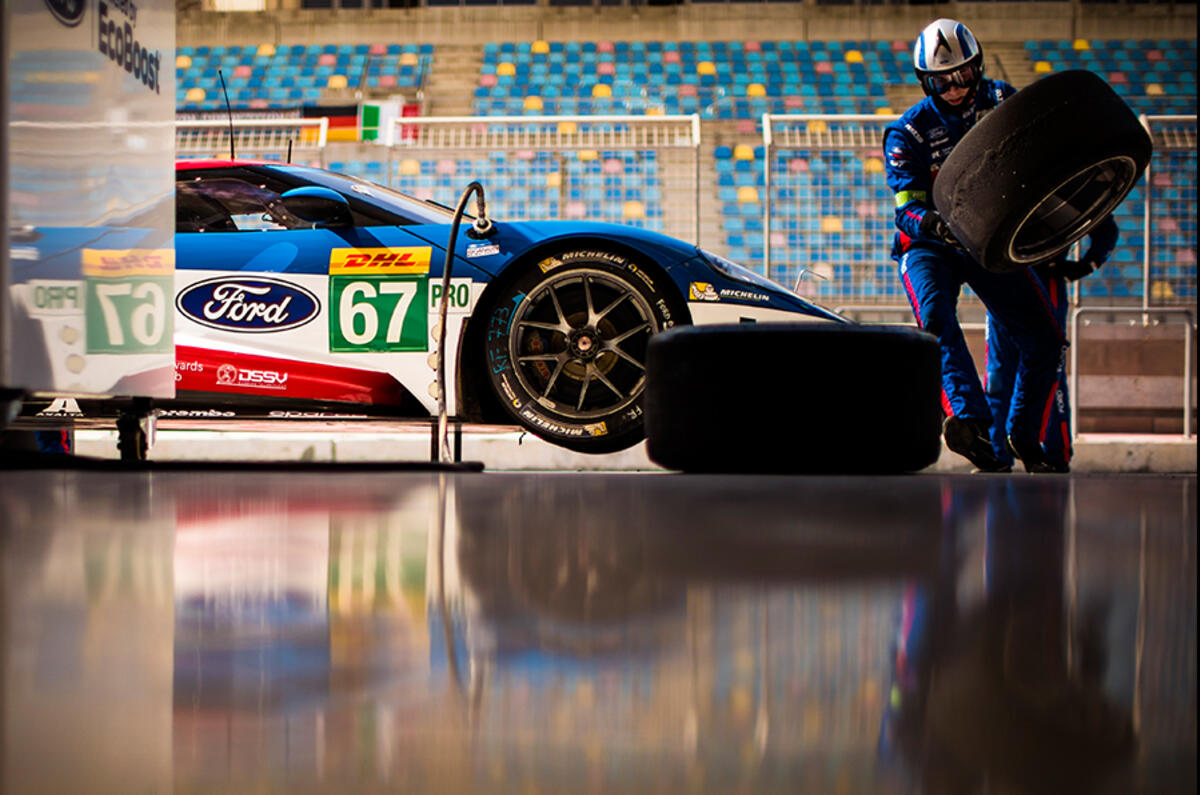
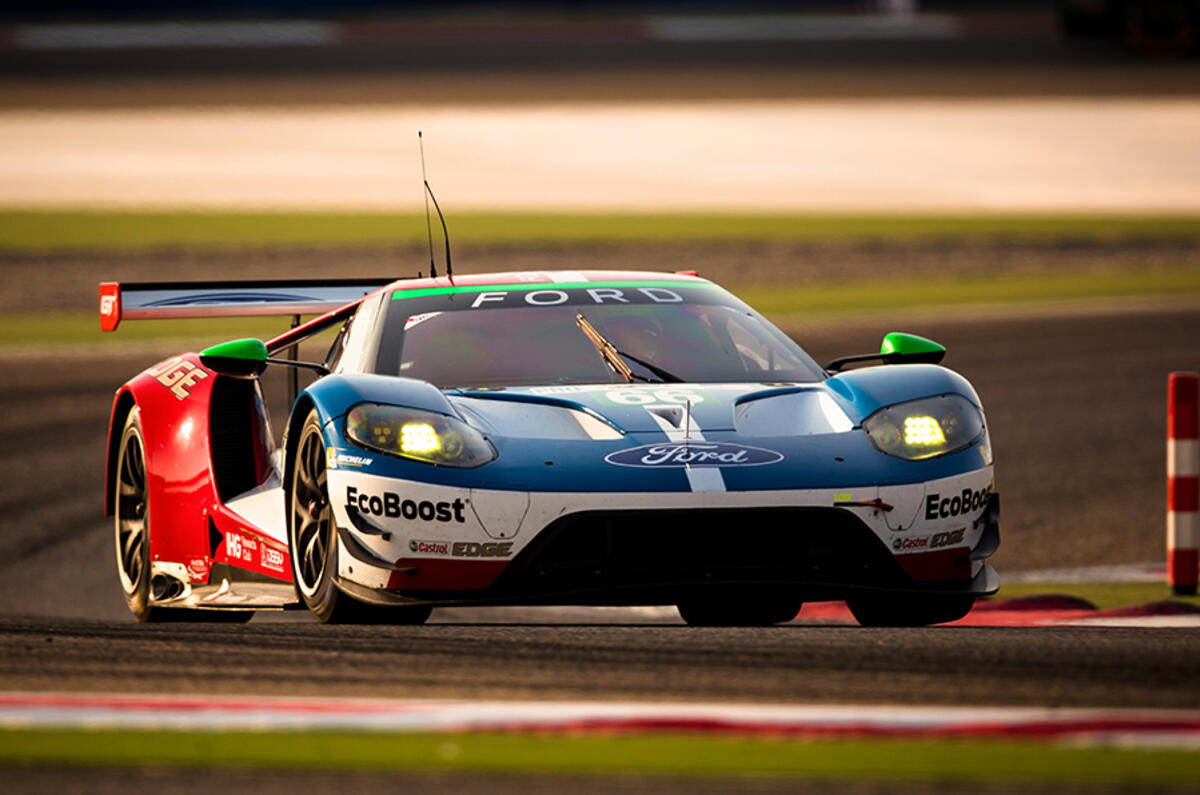
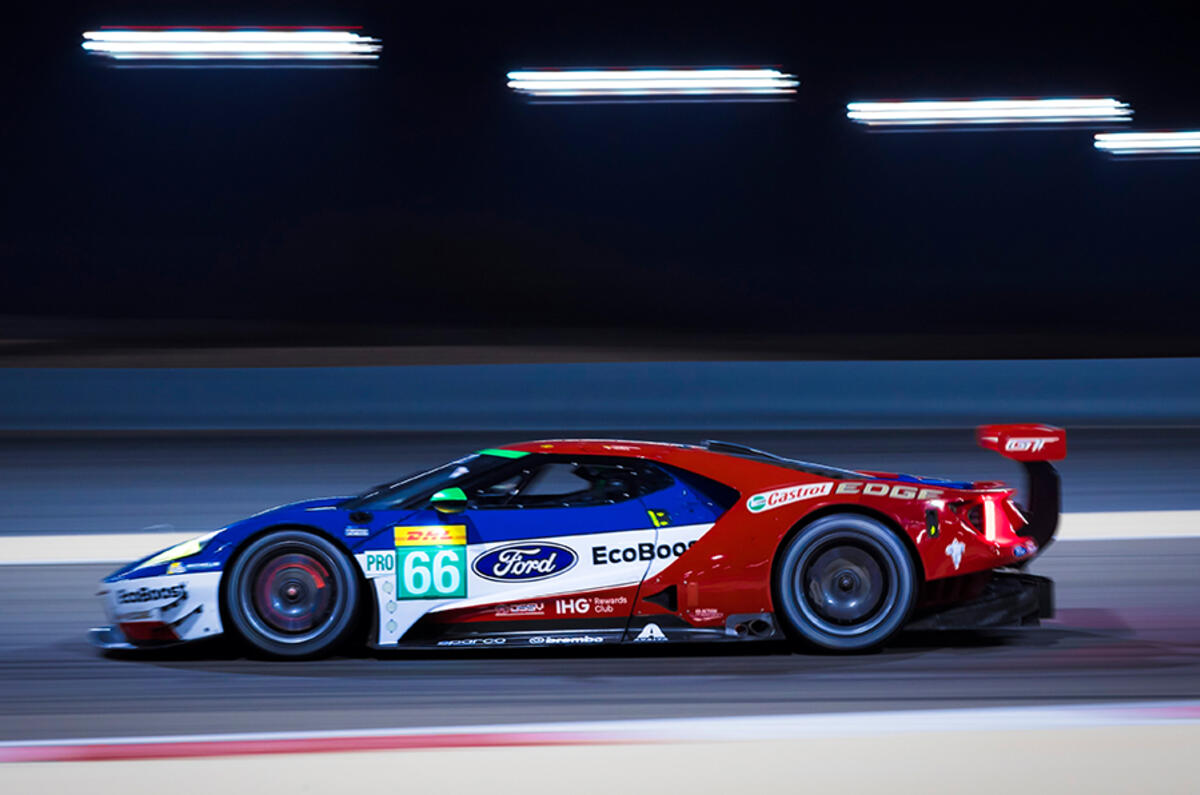
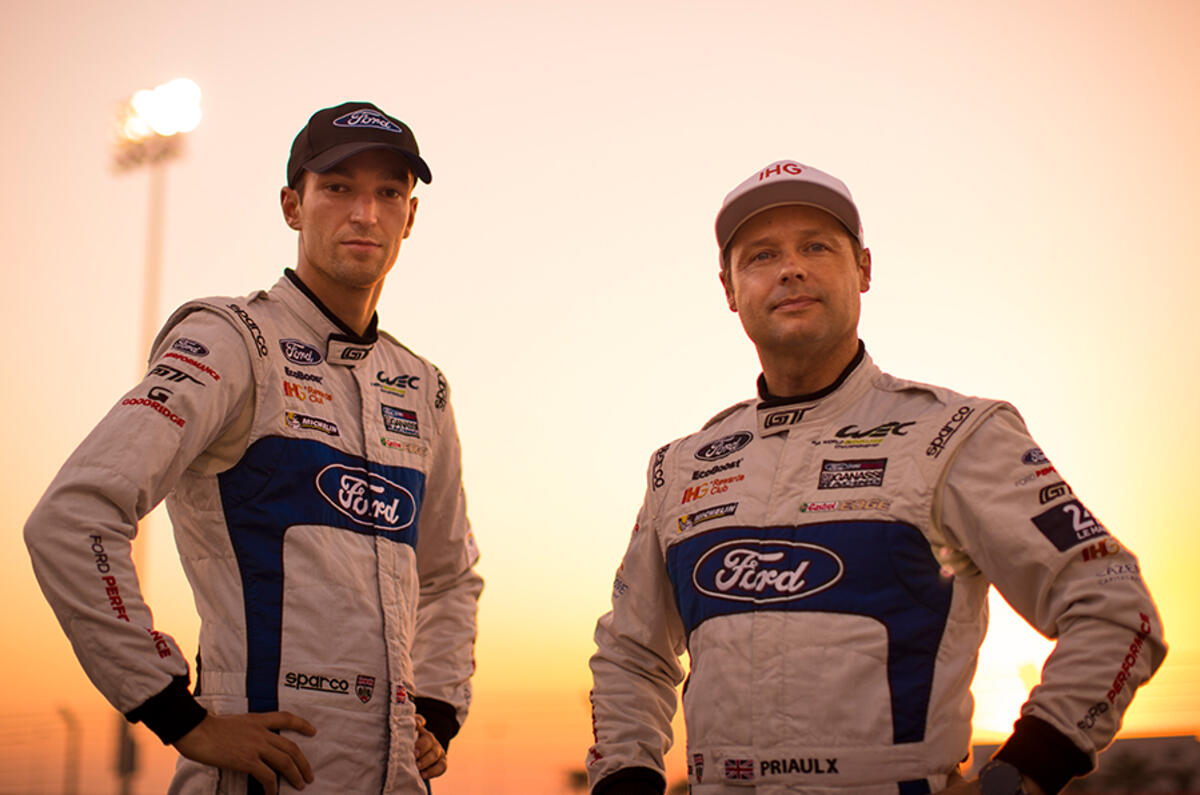



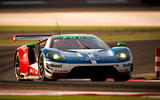





Add your comment